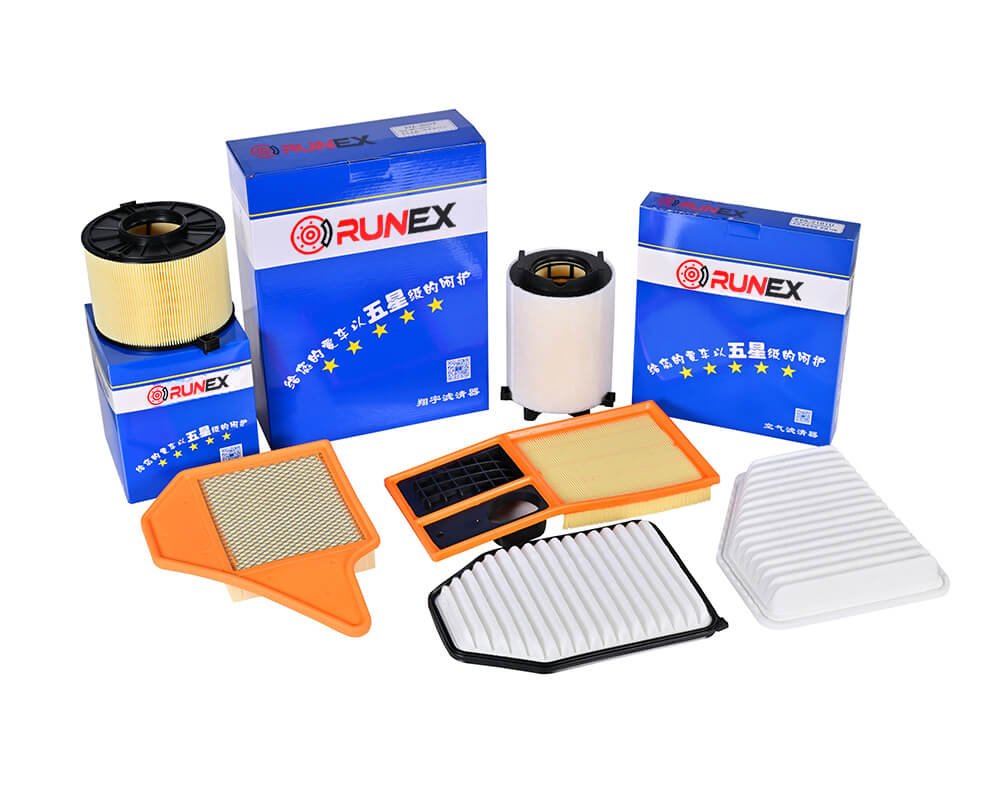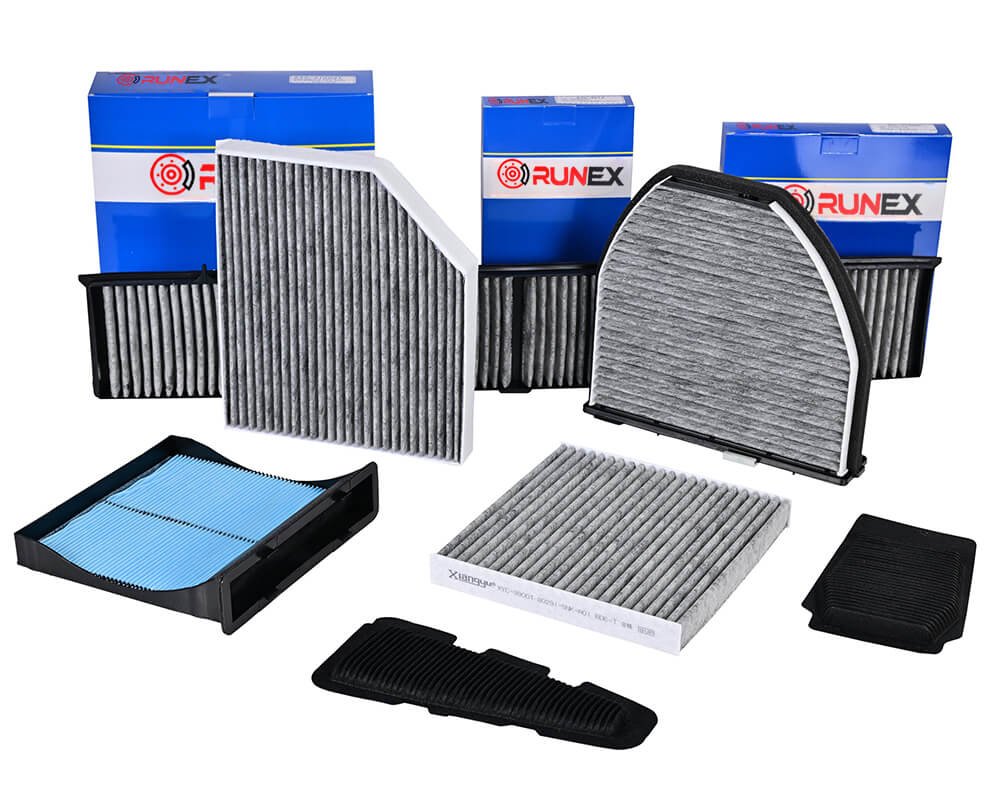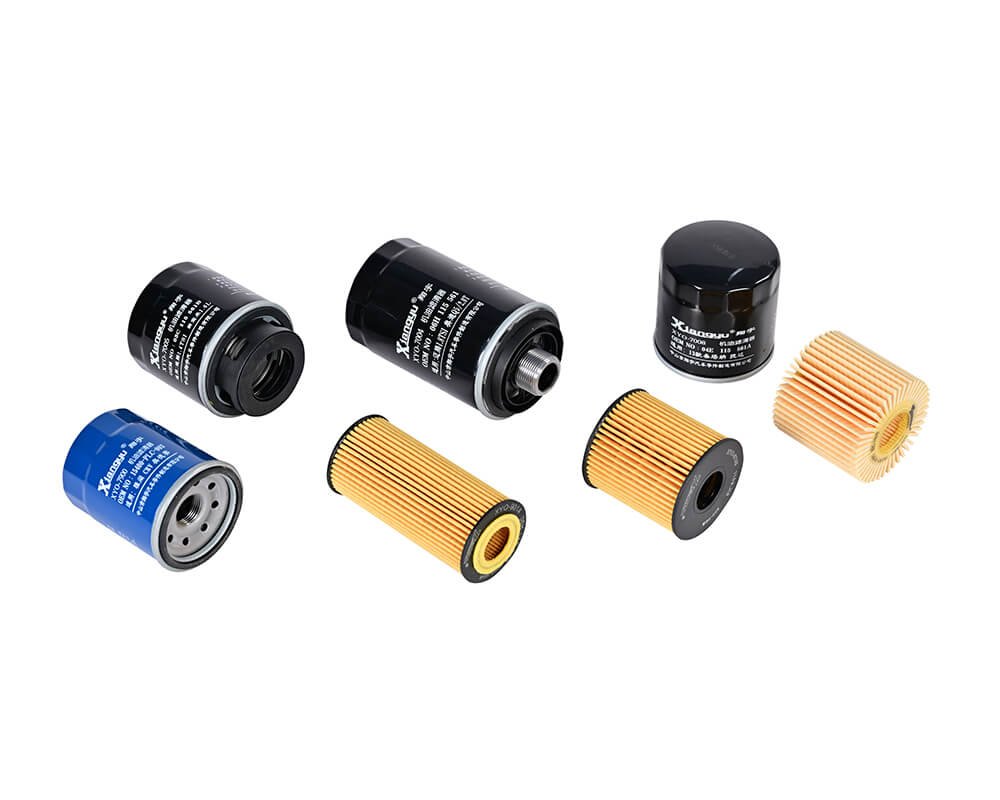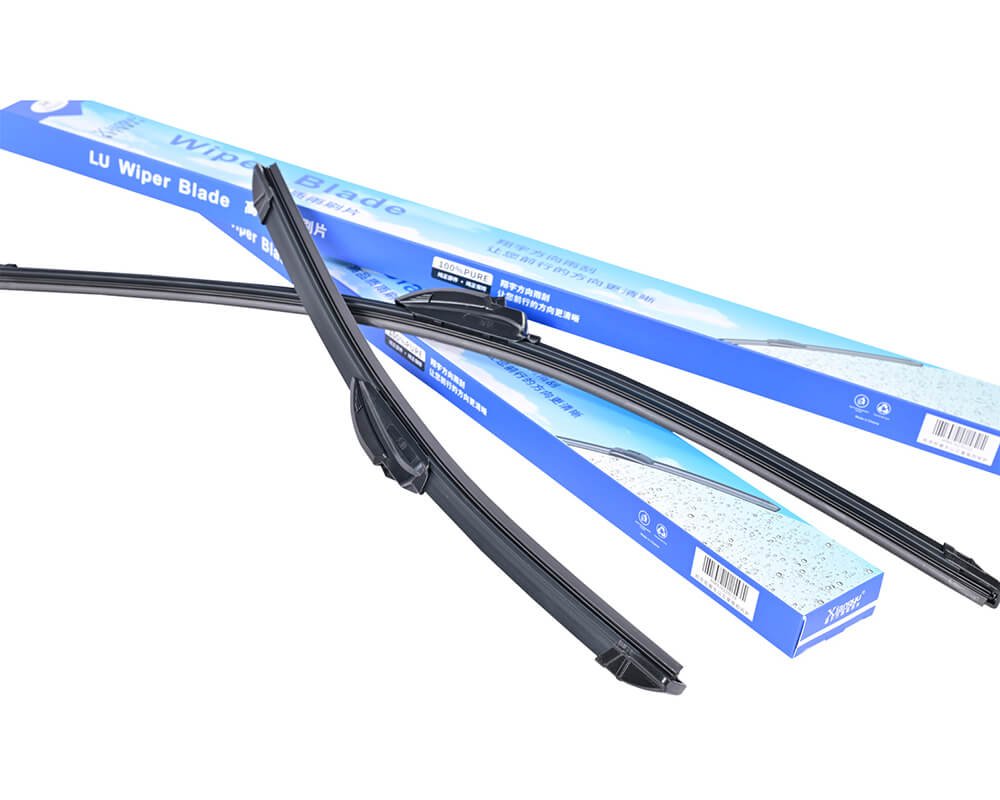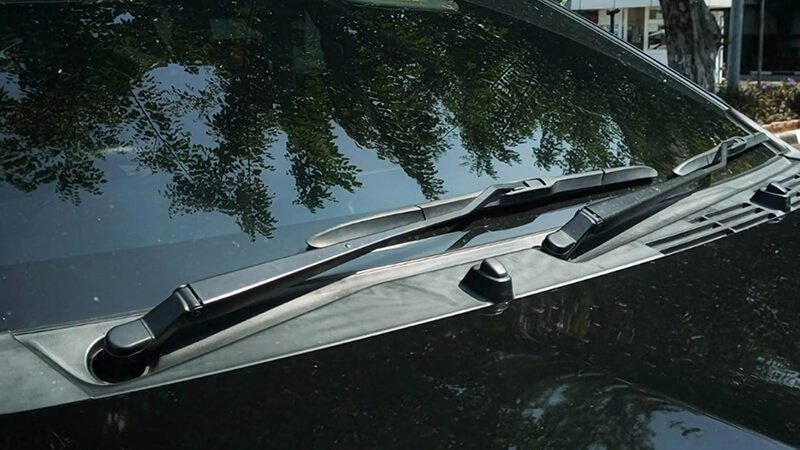If you’ve ever squinted through a streaky windshield during heavy rain, you know the stress. Most fleets only replace wipers after a complete failure. That’s already too late.
Bad windshield wipers often squeak, skip, or leave streaks—compromising driver visibility and increasing road risks. Early signs help avoid major issues.
Drivers rely on clear visibility. And yet, windshield wipers are often neglected until they fail completely. I've seen customers suffer from late deliveries and unhappy drivers because of this. Let’s walk through the most common signs of bad wipers—and how Runex Auto’s premium blades help prevent those problems.
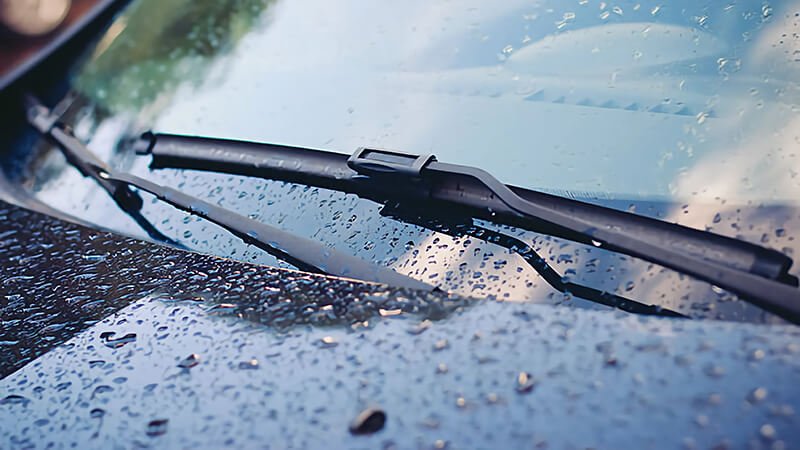
How do I know if my wiper blades are bad?
When your wiper blades go bad, your eyes and ears will tell you. But by the time it’s obvious, it may already be a safety concern. You’ll likely notice streaks across the glass, squeaky noise, or uneven wiping patterns.
The most obvious signs include streaking, squeaking, skipping motion, or rubber peeling from the blade. These symptoms mean the blade no longer maintains full contact with the windshield.
Why Bad Blades Are a Real Risk
Some drivers wait until their blades are completely useless before asking for replacements. But here’s the thing—when wipers streak or skip, they’re already failing.
At Runex Auto, we’ve engineered our silicone-edge windshield wipers1 to stay soft, flexible, and in full contact with the glass even in extreme conditions. This reduces streaks, squeaks, and sudden skips.
Here’s what to look for:
| Symptom | What It Means | What You Should Do |
|---|---|---|
| Streaking | Rubber edge has hardened or torn | Replace with silicone-based blades |
| Skipping | Uneven pressure or brittle rubber | Check frame tension or switch blade type |
| Squeaking | Dry or rigid edge causing vibration | Clean blade or upgrade to premium wipers2 |
| Smearing | Oil/dirt buildup or degraded rubber | Clean or fully replace the blade |
Our wipers are engineered with a coated silicone edge that maintains contact, even under heavy rain and cold temps. So your windshield stays clear—no surprises.
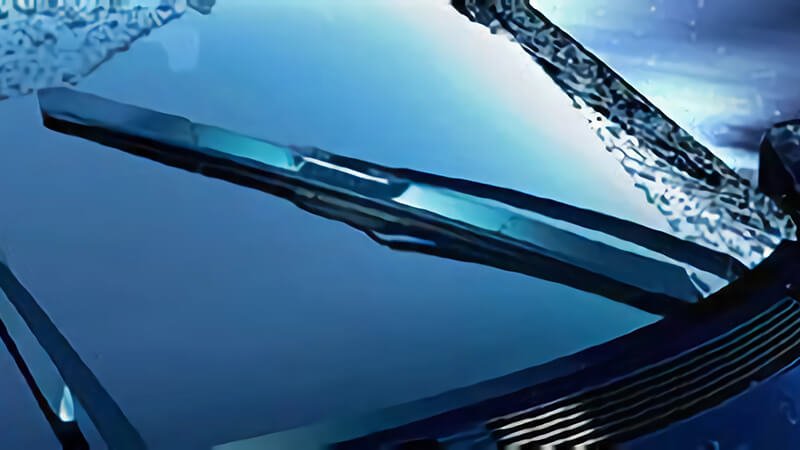
How do I know if my wiper blades need changing?
Even if your wipers aren't visibly broken, they may still be worn out. Drivers often miss early signs of wear because performance declines gradually.
Replace your wiper blades if they start leaving streaks, feel dry or cracked, or if they begin to chatter while moving. Look for rubber breakdown, frame damage, or reduced wiping efficiency.
Early Wear Signs—Before They Fail on the Road
Not long ago, one of my UK clients had delivery vans that ran late every time it rained. Drivers reported blurry visibility, even with “functioning” wipers. We inspected the blades—sure enough, they were intact but worn down.
After switching to Runex’s silicone-edge blades3, the complaints stopped. In fact, their wet-weather delivery delays dropped by 30%.
Here are some early signs4 that tell you it’s time:
| Visual Clue | What It Means |
|---|---|
| Hairline Cracks | UV exposure or dry conditions degrading edge |
| Uneven Wipe Path | Blade pressure no longer consistent |
| Rubber Separation | Glue or frame failure |
| Water Residue After Wiping | Rubber not forming a tight seal with glass |
Our blades use high-tension steel frames and dual-rubber layering. This keeps the edge snug and smooth across every sweep. You don’t need to guess—it just works.
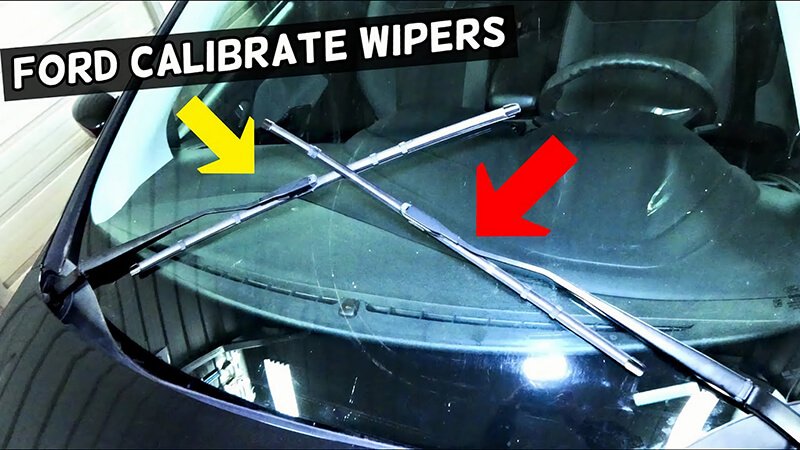
How long should windshield wipers last?
There’s no single rule. Environment, usage, and blade quality all affect lifespan. Cheap blades might last 3–6 months. Premium ones can go a full year or more without streaking.
On average, windshield wipers should be replaced every 6–12 months, but high-quality silicone wipers—like those from Runex Auto—can perform effectively for 12–18 months with proper care.
Why Material and Build Quality Matter
Many fleets buy the cheapest wipers they can find. That’s a false economy. In heavy rain or snow, poor blades reduce visibility, increase fatigue, and even delay deliveries.
I always tell our clients: “You’re not just buying a blade—you’re buying driver confidence5.” Cheap rubber dries out fast. But our blades? They last.
| Wiper Type | Expected Lifespan | Notes |
|---|---|---|
| Conventional Rubber | 4–6 months | Wears quickly, especially in sun |
| Hybrid Blades | 6–12 months | Better sealing and wiping |
| Runex Silicone6 | 12–18 months | UV resistant, smooth, quiet operation |
Runex Auto’s silicone-edge wipers are UV and ozone resistant. That means no cracking under sun. Our internal test fleet ran them for 16 months before noticing performance loss. That’s peace of mind.
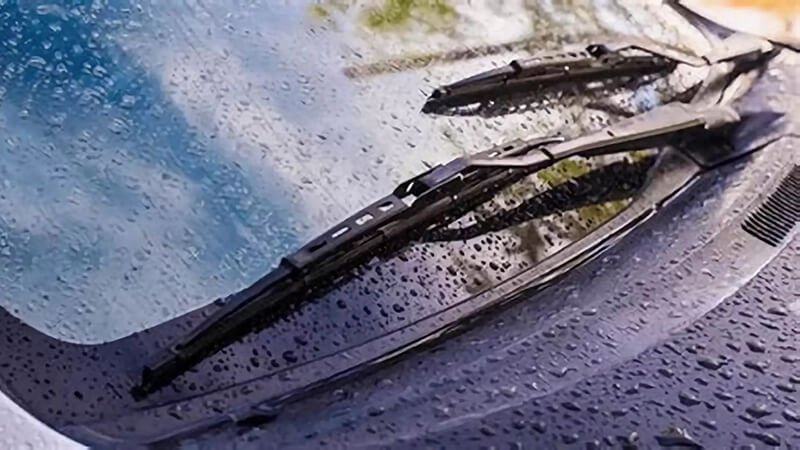
How to tell if your windshield wiper motor is bad?
Sometimes, the blades are fine—but they don’t move, or move erratically. That’s when the problem isn’t with the blade, but with the wiper motor or linkage.
If your wipers don’t move at all, move slowly, or stop mid-swipe, the motor may be failing. Strange noises or inconsistent motion are also signs of motor or linkage problems.
Blades Fine, But Wipers Still Not Working?
Motor failure isn’t as common as blade wear, but it’s critical. Especially for fleets running routes in rainy regions like the UK.
Here’s what to check:
| Symptom | Likely Cause | Solution |
|---|---|---|
| Wipers don’t move | Dead motor or bad fuse | Inspect wiring, replace motor |
| Wipers stop mid-cycle | Motor overheating or failing | Replace motor |
| Slow wiping motion | Weak motor or binding linkage | Lubricate or service linkage |
| Clicking noises | Damaged linkage or stripped gear | Inspect gears, tighten mountings |
We don’t sell motors at Runex Auto, but we test our blades under multiple motor speeds and loads. Our silicone-edge blades7 don’t overload wiper arms. That keeps wear and tear on motors minimal. When blades glide smoothly, the motor doesn’t have to work as hard.

Conclusion
Bad windshield wipers8 aren’t just annoying—they’re dangerous. Whether it’s streaking, skipping, squeaking, or total failure, the signs are clear if you know where to look.
At Runex Auto, we focus on durability, smooth contact, and visibility. Our silicone-edge blades outlast traditional ones, reduce strain on motors, and help fleets perform better in tough weather. Better wipers mean safer roads—and fewer complaints.
-
Discover how silicone-edge wipers outperform traditional ones, ensuring better visibility and safety on the road. ↩
-
Learn about the advantages of premium wipers, including durability and performance, to enhance your driving experience. ↩
-
Exploring the benefits of silicone-edge wiper blades can enhance your vehicle's performance and safety in adverse weather. ↩
-
Understanding early signs of wiper blade wear can help you maintain safety and visibility on the road. ↩
-
Understanding driver confidence can help you appreciate the importance of quality wipers for safety and performance. ↩
-
Explore the advantages of Runex Silicone wipers to see how they outperform traditional options in durability and performance. ↩
-
Explore the advantages of silicone-edge blades to enhance your wiper performance and longevity. ↩
-
Find the best quality OEM Auto Blades from Runex. ↩



